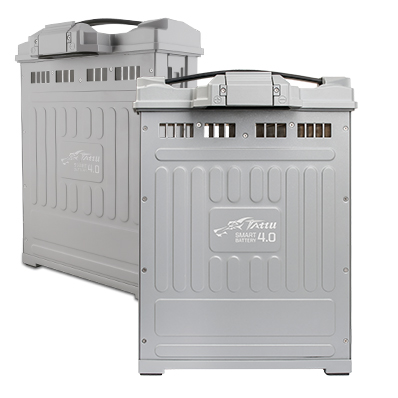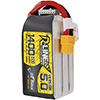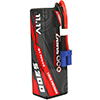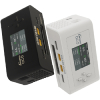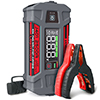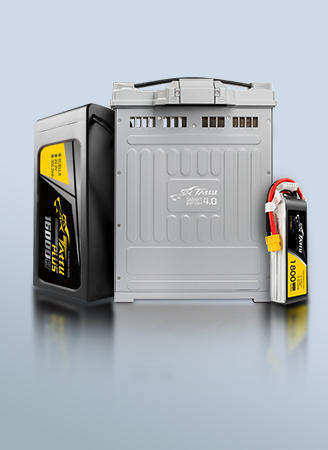How to Become a Certified Commercial Drone Pilot?
Unmanned Aircraft Systems (UAS), or drones, have evolved from niche gadgets into indispensable tools across countless industries. From cinematic film production to precision agriculture and critical infrastructure inspection, the demand for skilled, certified commercial drone pilots is soaring.But how do you become one? This guide breaks it down for you, while addressing the most critical questions related to certification, legal requirements, and global standards.
What is a Commercial Drone Pilot?
A commercial drone pilot is a certified professional who operates Unmanned Aerial Systems (UAS) for business purposes, compensation, or commercial activities. This can include activities like media production, industrial inspections, agricultural mapping, aerial surveying, real estate photography, and package delivery. Unlike recreational drone users, commercial pilots must obtain proper certification and adhere to stringent regulatory requirements to legally conduct paid drone operations.This certification signifies that the pilot possesses the necessary knowledge, skills, and understanding of aviation regulations, airspace, weather, safety procedures, and drone operations to conduct flights safely and legally within a commercial context. It's not just about flying; it's about operating an aircraft responsibly within the complex national airspace system.
Commercial Drone vs Consumer Drone Pilot: what’s the difference?
While both may fly similar-looking aircraft, their purpose, responsibilities, and the rules they follow are worlds apart. The primary distinction is intent.
| Aspect | Commercial Drone Pilot | Recreational (Hobbyist) Pilot |
| Purpose | Flying for compensation or in furtherance of a business (e.g., real estate photos, surveying, inspections). | Flying purely for personal enjoyment and recreation. |
| Certification | Mandatory. Must hold a government-issued pilot certificate (e.g., FAA Part 107 in the U.S.). | Generally not required, but must follow basic safety rules and may need to pass a basic knowledge test (e.g., The Recreational UAS Safety Test - TRUST in the U.S.). |
| Regulations | Adheres to a strict set of commercial aviation regulations governing where, when, and how they can fly. | Follows a more relaxed set of rules, but is still restricted from certain areas (like airports). |
| Equipment | Often uses advanced drones with specialized, expensive payloads (thermal, LiDAR, multispectral sensors). | Typically uses consumer-grade drones with standard RGB cameras. |
| Mindset | Aviator mindset. Focus is on risk management, professionalism, and delivering a reliable service. | Hobbyist mindset. Focus is on the fun and experience of flying. |
| Applications | Aerial inspection, logistics, filming, surveying | Travel videos, recreational photography |
| Liability & Insurance | Carries significantly higher liability risks. Mandatory liability insurance is almost always required for commercial operations to protect against property damage or injury. | Liability insurance is highly recommended but not always mandatory. |
How to Become a Certified Commercial Drone Pilot?
The path to certification varies by country, but it generally follows a structured process designed to ensure you have the necessary aeronautical knowledge to operate safely in the national airspace.
1. Verify Your Eligibility
Before you begin, ensure you meet the basic requirements set by your country's Civil Aviation Authority (CAA). Common prerequisites include:
●Minimum Age: Typically 16 or 18 years old.
●Language Proficiency: Ability to read, write, and understand the official language of the country (often English in aviation).
●Physical and Mental Condition: You must be fit to safely operate a drone.
2. Undergo Training
Enroll in an accredited drone training program covering:
●Airspace rules and navigation
●Meteorology
●Emergency procedures
●Mission planning
●Risk assessment and maintenance
Training is not optional in most countries—it ensures safe, legal, and efficient operations.
3. Pass a Certification Exam
Typical exams test:
●Airspace classification and aviation rules
●Operational limitations
●Emergency protocols
●Crew resource management
Some regions require practical flight assessments or simulator tests in addition to the theory exam.
4.Obtain Your Certificate
After passing the exam, you will complete an application process. This may include a background check by a national security or transportation agency. Once approved, you will be issued your official remote pilot certificate.
5.Stay Current
A certificate is not a lifetime pass. Most authorities require pilots to maintain their knowledge through recurrent training and testing, typically every 24 months.
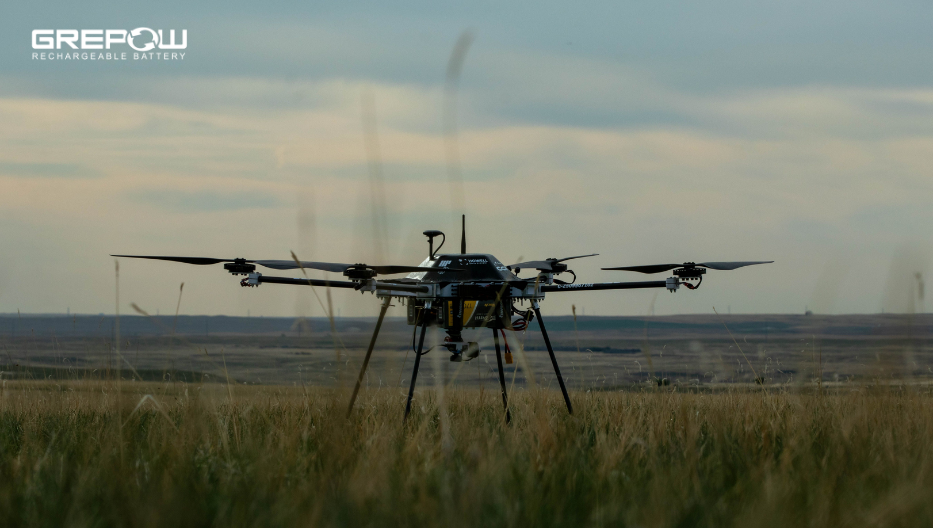
Global Commercial Drone Pilot Certification Overview
Commercial drone regulations and certification requirements vary significantly across different countries and regions, reflecting diverse approaches to integrating UAS operations into national airspace systems.Regulations are not universal. Here’s a brief look at the certification frameworks in key regions. Always consult your local aviation authority for the most current and detailed information.
| Country/Region | Certification | Authority | Notes |
| USA | Part 107 | FAA | Must pass knowledge test and register drone |
| UK | GVC & A2 CofC | CAA | Needed for commercial use and beyond-open category |
| EU | A1/A2/A3 & Specific Category | EASA | Unified rules across member states |
| Canada | Basic & Advanced | Transport Canada | Advanced required for flying near people or urban areas |
| Australia | RePL & ReOC | CASA | RePL for pilots; ReOC for companies |
| China | UAS Pilot Certification | CAAC | Increasingly structured for commercial applications |
| India | Remote Pilot Certificate | DGCA | Required for medium & large drones in commercial use |
Which Certification Should I Get: VLOS, BVLOS, or EVLOS?
Understanding the differences between Visual Line of Sight (VLOS), Extended Visual Line of Sight (EVLOS), and Beyond Visual Line of Sight (BVLOS) operations is crucial for commercial drone pilots planning their career paths and service offerings.
Visual Line of Sight (VLOS) Operations
VLOS operations represent the foundation of commercial drone flying, requiring pilots to maintain direct visual contact with their aircraft throughout the entire flight. This operational mode provides the highest level of safety through direct pilot observation but limits operational range and flexibility.
Most entry-level commercial certifications, including the FAA Part 107 certificate, authorize VLOS operations by default. These operations are suitable for many commercial applications, including real estate photography, small-scale inspections, and local surveying work. The certification requirements focus on fundamental aviation knowledge, basic flight operations, and regulatory compliance.
Extended Visual Line of Sight (EVLOS) Operations
EVLOS operations extend the operational range beyond what a single pilot can visually monitor by employing additional visual observers positioned strategically to maintain continuous visual contact with the aircraft.This operational mode provides significant advantages for linear infrastructure inspections, large-scale agricultural monitoring, and extended survey operations. EVLOS offers greater range and flexibility in drone operations compared to VLOS but still upholds the safety aspects of VLOS.
The certification requirements for EVLOS operations vary by jurisdiction. While EASA explicitly authorizes EVLOS, the FAA treats it as BVLOS, requiring a waiver. In regions where EVLOS is recognized as a distinct operational category, pilots typically need additional training in crew resource management, observer coordination, and extended operational procedures.
Beyond Visual Line of Sight (BVLOS) Operations
BVLOS operations represent the most advanced level of commercial drone operations, allowing pilots to fly aircraft beyond visual range using technological systems for navigation, communication, and collision avoidance. BVLOS, also known as Beyond Line of Sight (BLOS), allows you to operate the UAV while it is not in your line of sight and there is no visual observer. These operations enable truly scalable commercial applications, including long-distance delivery services, extensive infrastructure monitoring, emergency response operations, and large-scale agricultural management.
However, BVLOS certification requirements are substantially more complex and stringent. To control the drone securely, you rely on communication and sensing tools and technology such as the Remote Pilot Station (RPS) or Ground Control. Pilots must demonstrate advanced knowledge of air traffic management, sophisticated navigation systems, emergency procedures for lost communication scenarios, and integration with traditional aviation operations.
Is Certification the Same for Different Commercial Drone Applications?
Core Certification is Generally Standardized: The fundamental pilot certification (like FAA Part 107, EU GVC) is the same regardless of whether you're filming a movie, inspecting a cell tower, or surveying a farm. It validates your baseline knowledge of safe drone operation within the national airspace system.
●Operational Limitations and Endorsements Vary: While the pilot cert is standard, how and where you fly for specific applications often requires additional steps:
●Waivers/Authorizations: Flying at night (FAA Part 107.29), over people (FAA Part 107.39), beyond VLOS (BVLOS), or in controlled airspace near airports always requires specific permission from the aviation authority (e.g., FAA Part 107 Waiver, EASA Operational Authorization), regardless of the application. Obtaining these often involves demonstrating specific procedures and safety mitigations tailored to the operation.
●Specialized Training: While not always mandated by regulation, industry-specific skills are crucial. A pilot inspecting power lines needs training on electrical safety and inspection techniques. A mapping pilot needs expertise in photogrammetry software and flight planning for accuracy. An agricultural pilot needs understanding of crop health indicators and spraying calibration.
●Insurance Requirements: High-risk applications (e.g., flying over crowds, complex infrastructure) often demand higher liability insurance coverage limits.

What Commercial Drone Applications Should I Embrace? What Does the Future Hold?
The commercial drone landscape is vibrant and evolving rapidly. Key current and future applications include:
●Aerial Photography & Videography: Real estate, film/TV, events, marketing. (Strong demand, competitive).
●Mapping & Surveying: Construction site monitoring, topographic surveys, volumetric measurements, 3D modeling. (High growth, requires GIS/photogrammetry skills).
●Infrastructure Inspection: Power lines, wind turbines, cell towers, bridges, pipelines, solar farms. (Massive demand, safer/cheaper than manual inspections, requires specialized knowledge).
●Precision Agriculture: Crop health monitoring (NDVI), spraying, planting, yield estimation. (Transforming farming efficiency).
●Public Safety & Emergency Response: Search and rescue, firefighting support, disaster assessment, accident reconstruction. (Critical lifesaving tool).
●Environmental Monitoring: Wildlife tracking, pollution detection, forestry management, coastal erosion. (Increasing importance for conservation).
●Delivery: Medical supplies, retail goods, food (rapidly developing, heavily dependent on BVLOS regulations). (Future game-changer, major investments ongoing).
The global commercial drone market is expected to exceed $100 billion by 2032, with rapid growth in BVLOS applications and AI-driven autonomous missions.
●The industry is rapidly moving towards greater automation and autonomy. The pilot's role will evolve from a "stick-and-rudder" operator to a mission manager and data specialist. Key trends include:
●BVLOS Expansion: As regulations and technology mature, BVLOS operations will become more common, unlocking nationwide inspection and delivery services.
●UAS Traffic Management (UTM): The development of an "air traffic control" system for drones will allow for safe, high-density operations in urban areas.
●AI and Data Processing: AI will increasingly be used to automatically analyze the vast amounts of data collected by drones, identifying defects in a power line or signs of disease in a field of crops.
Conclusion
Becoming a certified commercial drone pilot is your gateway to a fast-growing industry filled with exciting opportunities. From mastering your country's certification process to embracing evolving applications like BVLOS logistics, your journey is both technical and strategic. As a world-leading drone battery manufacturer, Grepow provides drone batteries suitable for a wide range of training applications, from Agriculture to Surveying. Among these, the 6S 16Ah and 22Ah batteries, with a high discharge rate of up to 25C, are currently a popular choice in the market for training drones. These batteries are recognized for their stable performance and ample capacity, ensuring reliable power for professional training operations. If you have any questions or needs, please feel free to contact us at info@grepow.com.
Related Articles
-

Powering Aerial Artistry: Grepow Battery Solutions Behind Drone Light Shows
2025-10-27 -

Vatican Drone Show: Where Technology Meets Faith
2025-09-15 -

Why Do We Need Silent Drones?
2025-09-02
Related products
-
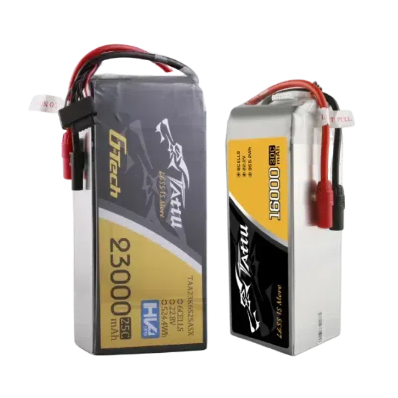
Tattu 6S LiPo Drone Battery Series
-
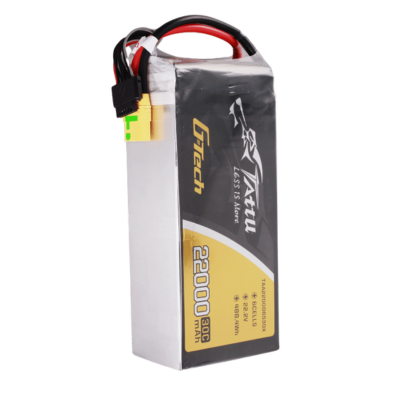
Tattu G-Tech 30C 6S 22000mAh 22.2V Lipo Drone Battery Pack
-
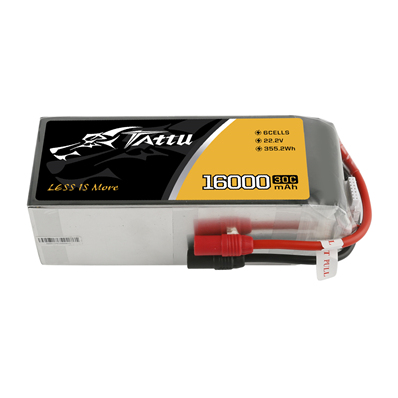
Tattu 6S 16000mAh 30C 22.2V Lipo Drone Battery Pack












